Top 10 Most Beautiful Historical Sites in Merseyside
Merseyside is a county in England. This place is an ideal tourist destination for tourists. Cheshire awaits you. Don't miss the historical sites, cultural ... read more...museums, and ravishing sights during your journeys. Let's find out with Toplist the most beautiful historical sites in Merseyside!
-
The first position on the list of the most beautiful historical sites in Merseyside is the Western Approaches Museum. The Battle of the Atlantic, which pitted the Allies against the German U-boat assault in the Atlantic Ocean, took place in a complex of World War Two bunkers that now houses the Western Approaches Museum in Liverpool. The museum gives you the chance to travel back in time and have a one-of-a-kind experience where you can go inside and actually live history.
Attacks by German planes and U-boats on ships coming in from the continent. Combined Operations relocated to Derby House at Exchange Flags on February 7, 1941. The division was known as Western Approaches Command and took its name from the section of the Atlantic Ocean that is guarded, a rectangle immediately west of the British Isles. Derby House's basement was given considerable reinforced concrete protection and a bunker was constructed beneath it. It had a 7 ft concrete roof and 3-foot-deep concrete walls, was gas and bomb safe, and had 100 rooms totaling 55,000 square feet.
Visitors can now explore the entire bunker as well as the confidential communications and mapping rooms because the bunker has undergone a thorough renovation. People can learn about the conflict's progress and the difficulties associated with maintaining accessible maritime routes thanks to displays and information.
The Central Operations Room, the cipher room, a street scene from the 1940s, the NAAFI canteen, and the community school facility are all included in the tour. Also on exhibit is the original Gaumont Kalee Dragon projector that Winston Churchill used to view classified war films.Location: 1-3 Rumford St, Liverpool L2 8SZ, England
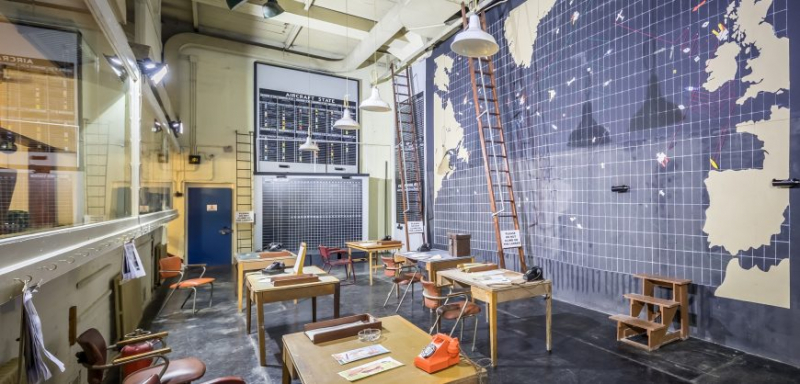
Photo: educatemagazine.com Video: https://www.youtube.com/watch?v=lVWw628Mkac -
The history and effects of the transatlantic slave trade are the main topics of the International Slavery Museum in Liverpool, England. The three main exhibits at the museum, which is a section of the Merseyside Maritime Museum, are devoted to the life of people in West Africa, their eventual enslavement, and to their ongoing struggle for freedom. The museum also covers issues like racism and discrimination as well as slavery in modern times.
Before a Transatlantic Slavery exhibit was made in 1994 to properly investigate Liverpool's historical role in the slave trade, the history of the slave trade was initially covered as part of the city's nautical history as part of the Merseyside Maritime Museum, which opened in 1980. In order to more clearly explain slavery and its effects, a museum specifically devoted to the history of slavery was decided to be established in the early 2000s due to the exhibition's growing international appeal and high visitor volume.
According to National Museums Liverpool, the new gallery leverages the testimonies of slaves and those involved in the trade to focus on the experience of individuals. They contain a place of peaceful study and contemplation dedicated to the ancestors of the slaves. In March 2018, the museum received a £50,000 grant to help it purchase and restore the artwork "Am Not I A Man and a Brother." The artwork was created in the early 1800s and is based on a plan ordered by the Committee to Abolish the Slave Trade. The picture, which appeared on Josiah Wedgwood's ceramics, is regarded as one of the earliest examples of a logo created for a political cause.
Location: Royal Albert Dock, Liverpool L3 4AQ, England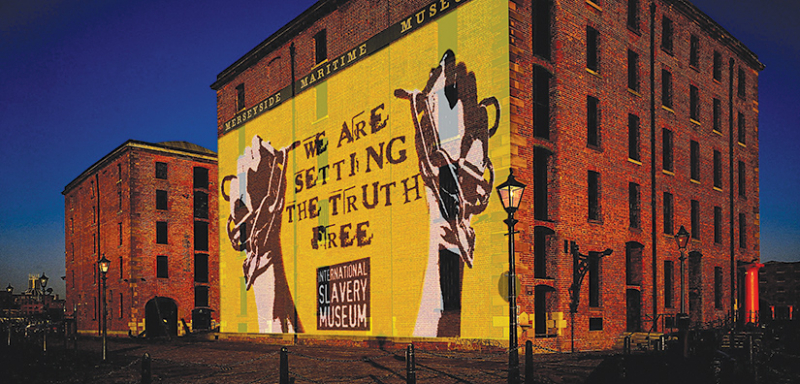
Photo: ymliverpool.com 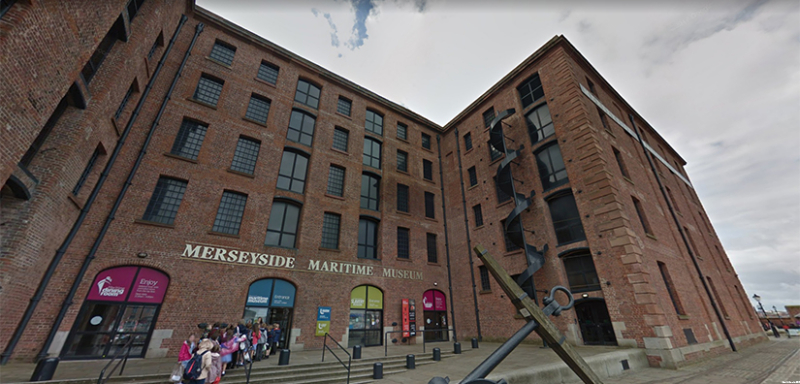
Photo: ymliverpool.com -
One of the most beautiful historical sites in Merseyside is the Port Sunlight Museum & Garden Village which honors the distinctive history of the charming and storied industrial village of Port Sunlight, including its residents, formal planning, architecture, parks, and gardens, from the time the village was founded in 1888 for the employees of William Hesketh Lever's soap company to the present.
With 900 Grade II Listed buildings, Port Sunlight is a popular tourist destination in the North West. It was also designated a conservation area in 1978 and has one of Cheshire's Gardens of Distinction. It is the best surviving illustration of early British urban planning.
William Hesketh Lever constructed the community in the late 19th century to house the employees of his soap business at Lever Brothers, which later grew into the multinational corporation Unilever. Lever was a generous philanthropist who had a love of art and architecture, and Port Sunlight stands as a lasting tribute to his great accomplishments. His philanthropy was of unprecedented scope, and as a result, the entire town of Port Sunlight is now a protected area and a popular tourist destination.
130 acres of what can only be described as beautifully kept parks with an established treescape surrounding the settlement. Lever used more than 30 different architects to construct the hamlet, and the result is a seductive fusion of architectural styles that are accentuated by the parkland environment, creating serene landscapes of outstanding beauty.Location: 23 King George's Dr, Bebington, Wirral CH62 5DX, England
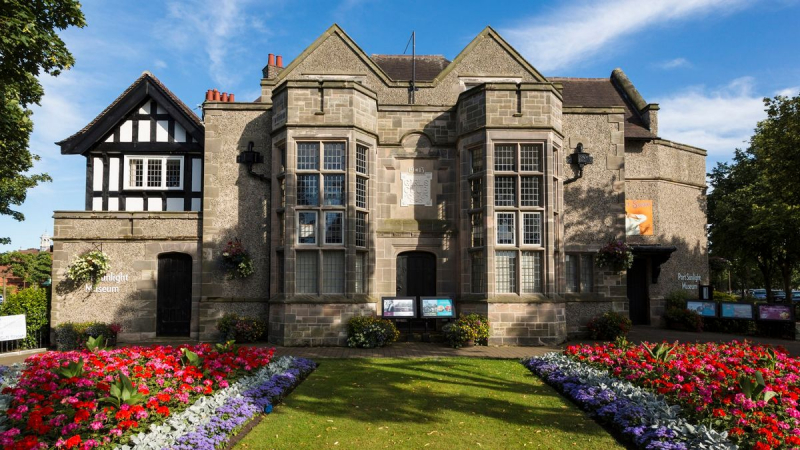
Photo: liverpool.co.uk 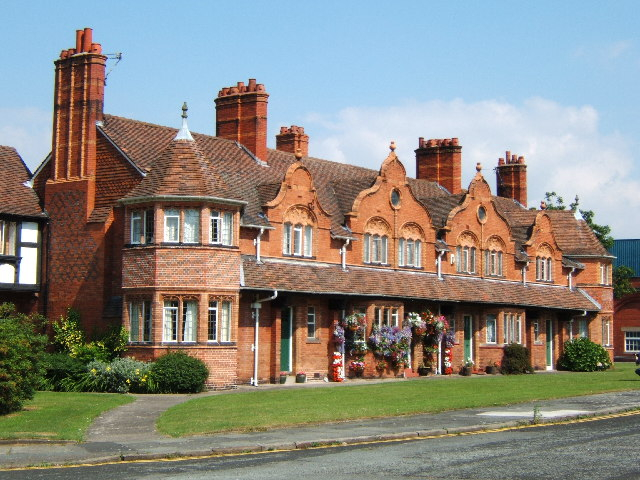
Photo: wikipedia -
In Speke, Liverpool, England, there is a wattle-and-daub Tudor manor house called Speke Hall. One of the best surviving instances of its sort, it is. It is a Grade I listed building and owned by the National Trust.
Speke Hall is a wattle-and-daub Tudor manor house with a wood frame that is Grade I listed. It is a National Trust property and is recognized as one of the best buildings of its kind. Originally constructed in 1530, it has an evocative interior with a priest hole from the Tudor era, a great hall from the Victorian era by William Morris, Jacobean plasterwork, and finely carved furniture.
The shop, café, and reception are now housed in the rebuilt Home Farm building. The laundry has been transformed into an education space, and the dairy has materials for interpretation. In order to highlight more of Speke Hall's history, the National Trust has transformed rooms like a gun room over the years and then changed them again. Panorama views of the Wirral Peninsula and the Mersey estuary are available from walks through the gardens. Speke Hall and Liverpool Airport are close by. In 2019, there were 224,913 visitors to the home.
Location: The Walk, Speke, Liverpool L24 1XD, England
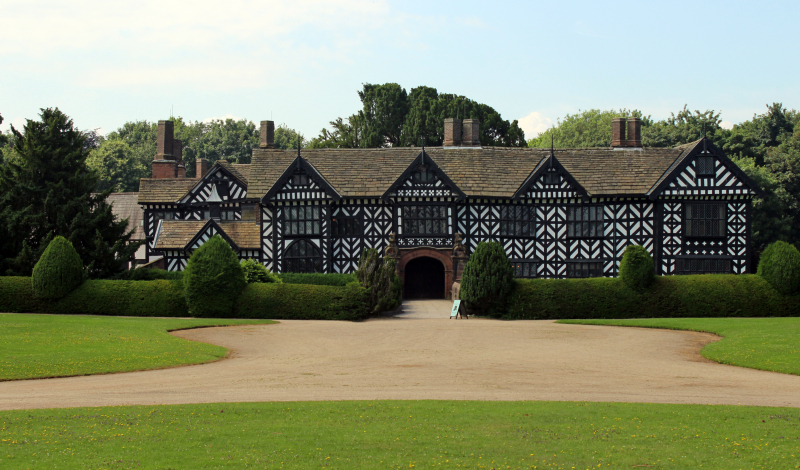
Photo: duhoctrungquoc.vn 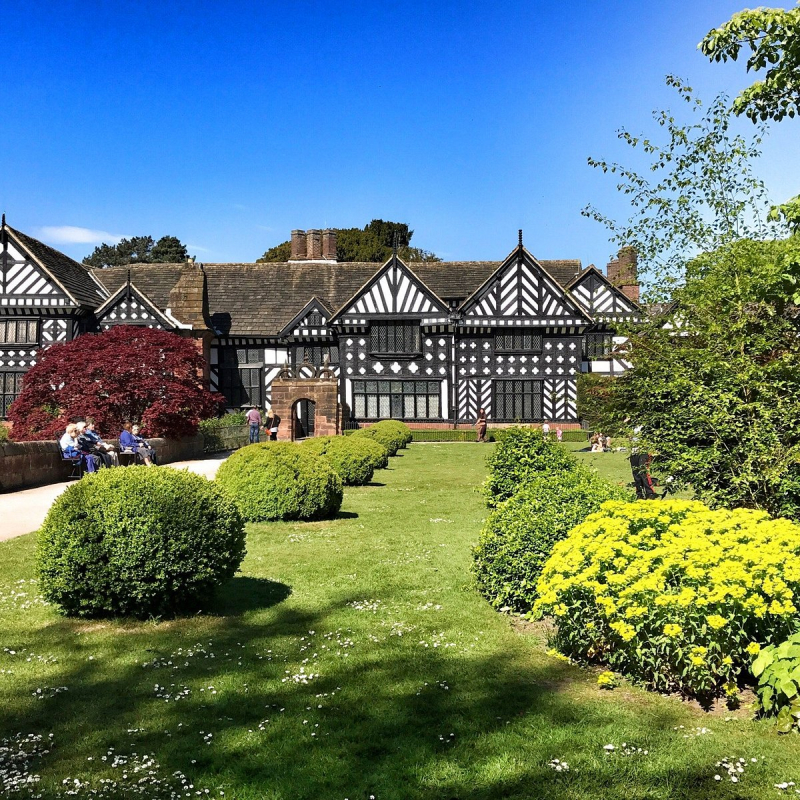
Photo: tripadvisor.co.uk -
One of the three docks in the Royal Group of Docks of East London in Merseyside, which are currently undergoing a significant renovation, is the Royal Albert Dock.
By the late 18th and early 19th centuries, Liverpool's docks dominated international trade. Liverpool served as the primary slave port for much of the 18th century in Great Britain. Ships from Liverpool transported over 1.5 million Africans across the Atlantic between 1700 and 1807 under extremely brutal circumstances. The vast warehouses on Liverpool's waterfront, such as those that can still be seen all around Albert Dock, were used to carry and store the sugar, rum, and tobacco that were produced in the Americas.
The Mersey still plays a significant part in Liverpool's cultural life today, and the Dock is a crucial component of the city's World Heritage waterfront. With so many attractions available, Liverpool's Royal Albert Dock is a top site to visit. At the Dock, there are a number of historical museums, including the International Slavery Museum, the Beatles Museum, and the Merseyside Maritime Museum, that visitors may take advantage of. There is also an impressive selection of retail and leisure options. Tate Liverpool Art Gallery, which is on the quayside, and other sculptures placed throughout the dock will appeal to art aficionados. One of the most beautiful historical sites in Merseyside is Royal Albert Dock.
Location: 3-4 The Colonnades, Liverpool L3 4AA, England
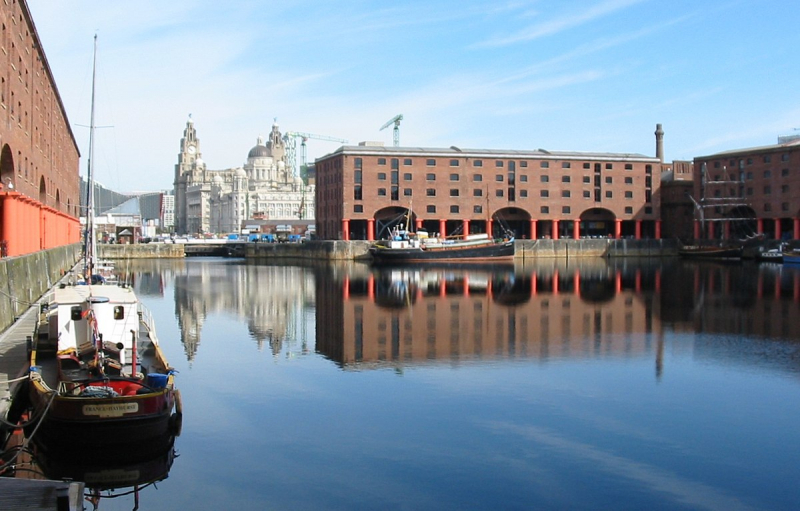
Photo: wikipedia 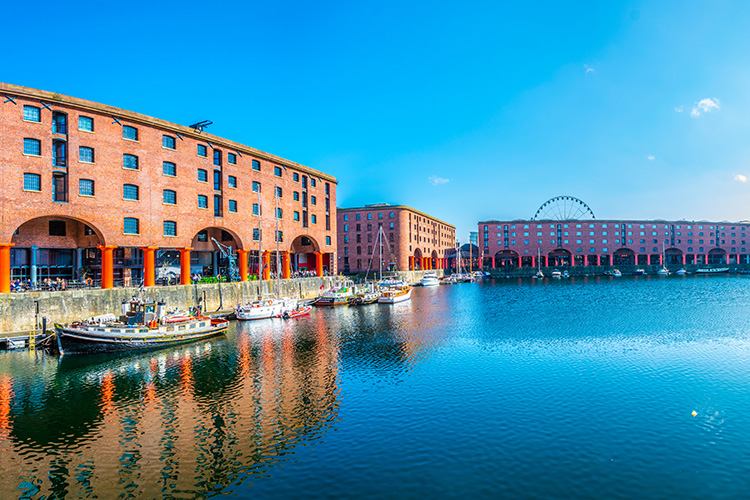
Photo: hitoryhit.com -
The Bombed-out Church was a former Anglican parish church in Liverpool, England. Locals most often refer to it as "St Luke's Church". At the top of Bold Street, it is located at the intersection of Berry Street and Leece Street. Father and son John Foster, Sr., and John Foster, Jr., who served as consecutive surveyors for Liverpool's municipal corporation, designed the church between 1811 and 1832. It was meant to serve as a parish church, a concert hall, and a place for the Corporation to hold ceremonial worship.
The church's moniker comes from the fact that it has been a roofless shell ever since it was severely damaged by bombs during the Liverpool Blitz in 1941. It now serves as a memorial to those who lost their lives in the conflict and has been rented out as a space for events and exhibitions. The church is recognized as a Grade II* listed building on England's National Heritage List, together with the surrounding walls, gates, and railings.
Urban Strawberry Lunch oversaw St Luke's routine upkeep from 2007 to 2014 and planned events and exhibitions inside the church's grounds. They also planned cinema screenings and numerous dance, poetry, and theatre performances.
Ambrose Reynolds, the previous artistic director of Urban Strawberry Lunch, teamed together with other community members in 2014 to start the organization Bombed Out Church, which was called the building's neighborhood nickname. Since then, they have carried on the work began by USL, keeping the church a center of creativity for the neighborhood.Location: Leece St, Liverpool L1 2TR, England
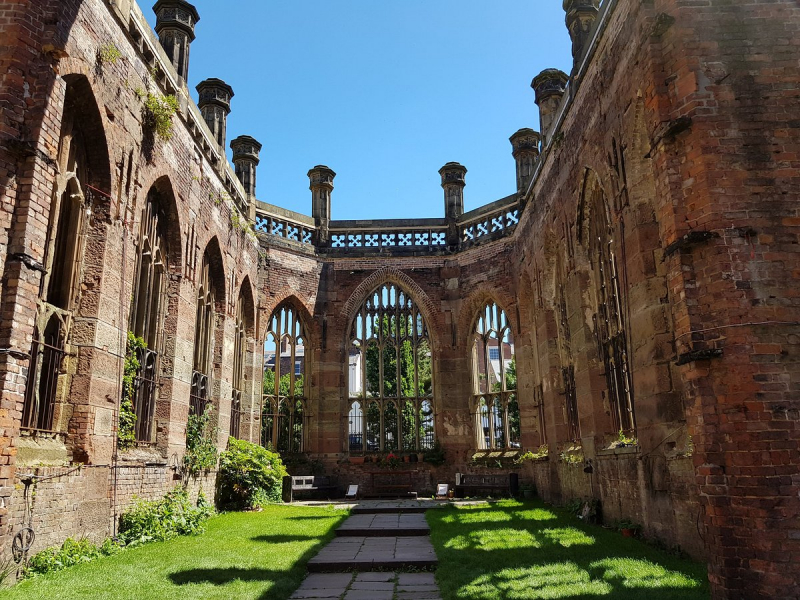
Photo: tripadvisor.com 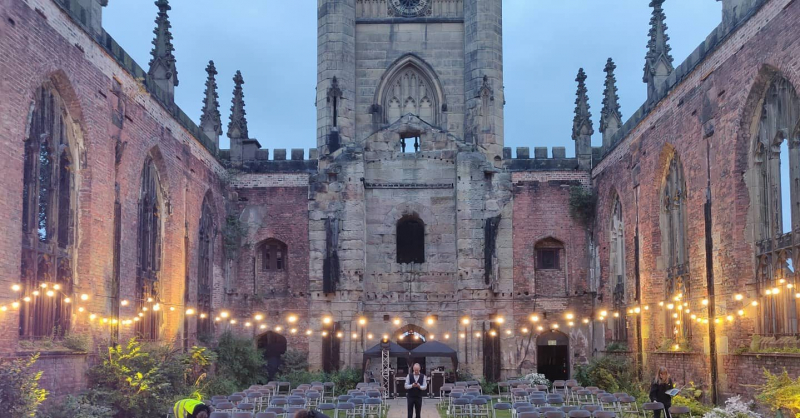
-
Liverpool Cathedral is a spectacular monument in the city's center that combines modernism and Gothic design. It is the fifth-biggest Cathedral in the world and the largest in Britain, therefore anyone interested in the city's history should definitely pay a visit.
When Liverpool was made a diocese in the 19th century, it was thought important to build the Cathedral because of Liverpool's standing within the Anglican Church. Additionally, the St. Peter parish church, which was being used as a pro-cathedral, was far too tiny to be suitable for the job. Following the decision to build a cathedral more befitting of Liverpool's position, a competition was held in 1901, with George Bodley and Norman Shaw serving as judges. The fact that the winner was from a Roman Catholic family may have been ironic considering that this was going to be an Anglican church.
Liverpool Cathedral holds a number of additional records in addition to its size. The cathedral houses the biggest functioning church organ in the world, and the arches are the biggest Gothic arches ever constructed. It also has the loudest and largest peal of bells in the entire world. Although admission is free, purchasing tickets for the Tower and the audio tour is strongly advised. The tower, which is 154 meters above the Mersey River and offers tourists a breathtaking perspective of the city, also houses a collection of exquisite ecclesiastical embroidery from the Victorian and Edwardian eras.
Location: St James Mt, Liverpool L1 7AZ, England
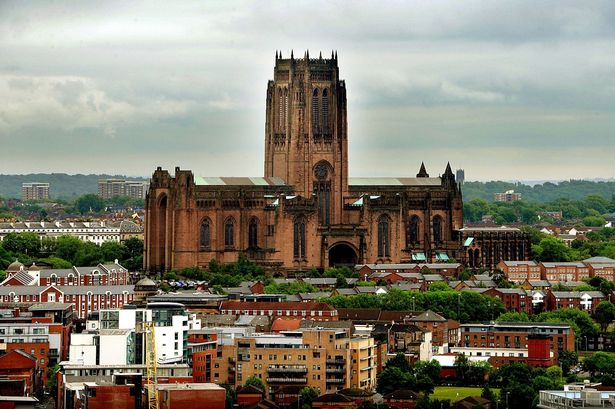
Photo: liverpoolecho.co.uk 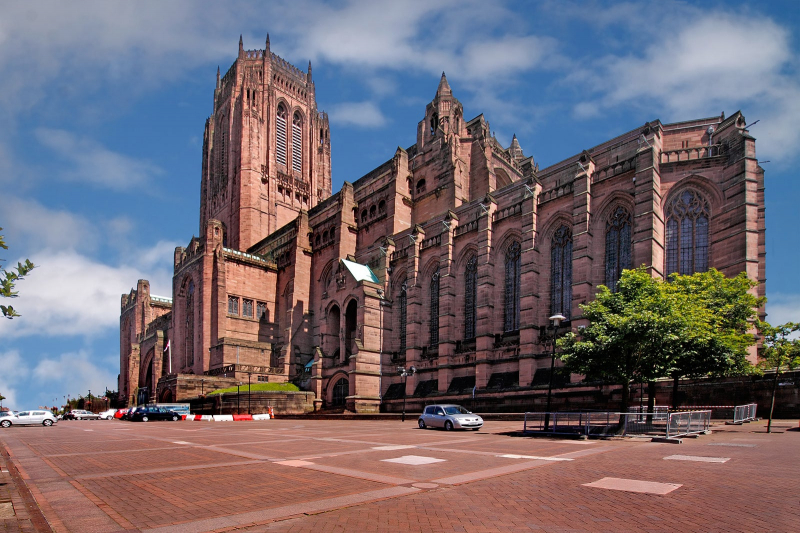
Photo: hotels.com -
In the heart of Liverpool, England, across from Lime Street Railway Station, on St. George's Place, stands St. George's Hall. It is a Neoclassical structure with concert halls and courts that was constructed in 1854 and is registered as a Grade I listed building on England's National Heritage List. St. George's Plateau is located on the east side of the hall, between it and the railroad station, while St. John's Gardens are located on the west side. The William Brown Street conservation area includes the hall.
Despite the building's usage of both Roman and Greek sources, architectural historian Nikolaus Pevsner claimed in 1969 that it was one of the world's best neo-Grecian structures. The hall and the area around it were designated as a component of Liverpool's World Heritage Site in 2004. This designation will remain in effect until 2021 when it will be revoked. The hall has housed the Liverpool Register Office and Coroner's Court since 2012.
Numerous live music performances from various genres are frequently held at St. George's Hall. In-person and audio-guided tours are equally well-liked. There are many weddings held there.
Location: St George's Pl, Liverpool L1 1JJ, England
Photo: tripadivisor.com.vn 
Photo: liverpoolecho.co.uk -
The next position on the list of the most beautiful historical sites in Merseyside is the Williamson Tunnels which are a number of sizable underground tunnels in Liverpool, England's Edge Hill neighborhood that have no known use. They are believed to have been developed between 1810 and 1840 under the supervision of tobacco merchant, landowner, and philanthropist Joseph Williamson. Despite being commonly referred to as "tunnels," the majority are really vaults made of stone or brick that cover sandstone excavations. Williamson's quirky tastes, commercial quarrying, a philanthropic wish to create jobs, and others have been put out as possible explanations for the works' uncertain purpose.
During the late 19th and early 20th centuries, they were gradually filled with debris and spoil, but they were mainly inaccessible until 1995 when archaeological investigations were conducted. Since then, volunteers have rediscovered and uncovered a vast network of tunnels, chambers, and voids at various locations, with parts of it accessible to the public. The Williamson Tunnels Heritage Centre and the Friends of Williamson's Tunnels offer guided tours, and excavation is ongoing as volunteers sift through additional portions.
A sizable number of artifacts, some dating back as far as the 1830s, have been discovered during the dig. These include bottles, plates, and other crockery, pipes, historic signage, military equipment, and other items. A lot of these discoveries have been cleaned and shown.
Location: the Old Stableyard, Williamson Tunnels Heritage Centre, Smithdown Ln, Liverpool L7 3EE, England
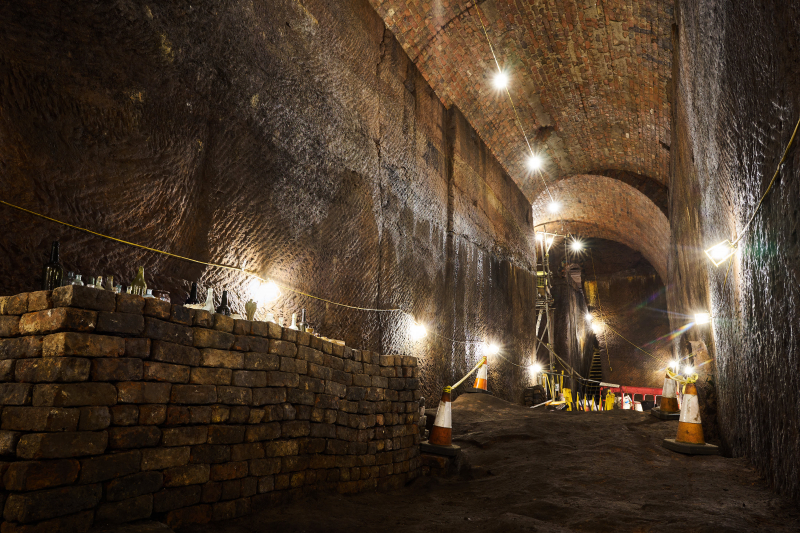
Photo: wikipedia Video: https://www.youtube.com/watch?v=u4tfZZJxbW4 -
In Liverpool, England, the World Museum is a sizable museum with vast collections in archaeology, anthropology, and the natural and physical sciences. A planetarium and the Natural History Centre are special attractions. The museum offers free admission. A section of National Museums Liverpool is the museum.
The 13th Earl of Derby's natural history collection was what gave rise to the museum's original name, Derby. The library and shared two rooms on Duke Street when it first opened in 1851. But because of how well-liked the museum was, a brand-new structure was needed.
Local politician and merchant William Brown provided the land and most of the funds for the construction of the William Brown Library and Museum, which is today located on William Brown Street across from St. George's Hall. In 1860, there were some 400,000 attendees at the building's debut.
Annual reports on the operations and acquisitions of the museum were sent to the committees of Liverpool's borough, city, and corporation. When the museum's collection started to overflow its structure in the late 19th century, a competition to design a joint extension for the museum and college of technology was held. Edward William Mountford won the contest, and the College of Technology and Museum Extension opened its doors in 1901.
Location: William Brown Street, Liverpool, England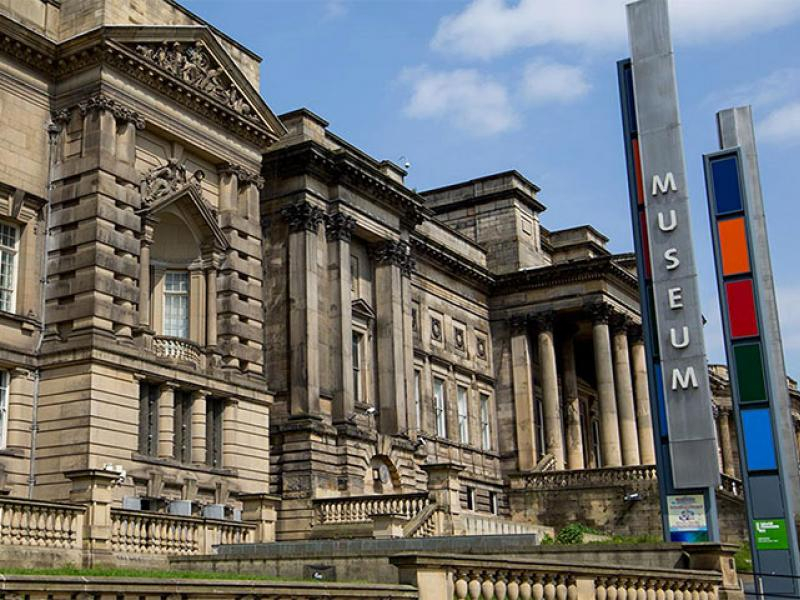
Photo: liverpoolmuseums.org.uk 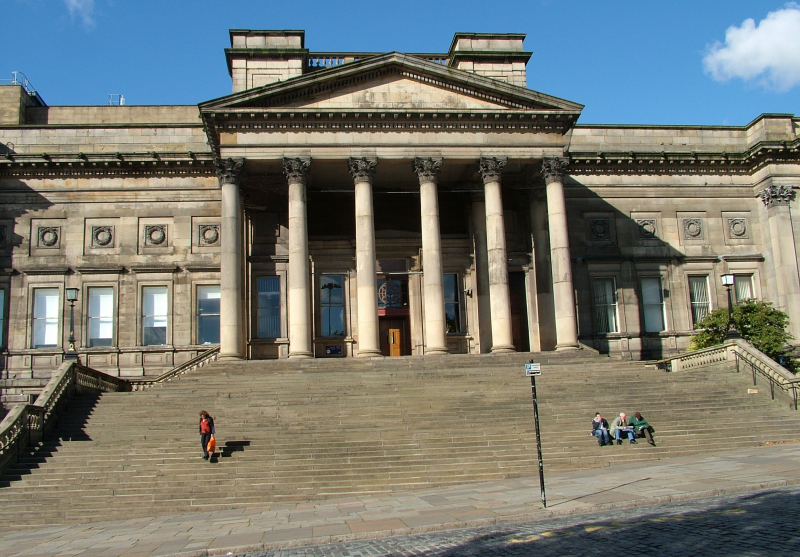
Photo: duhoctrungquoc.vn































